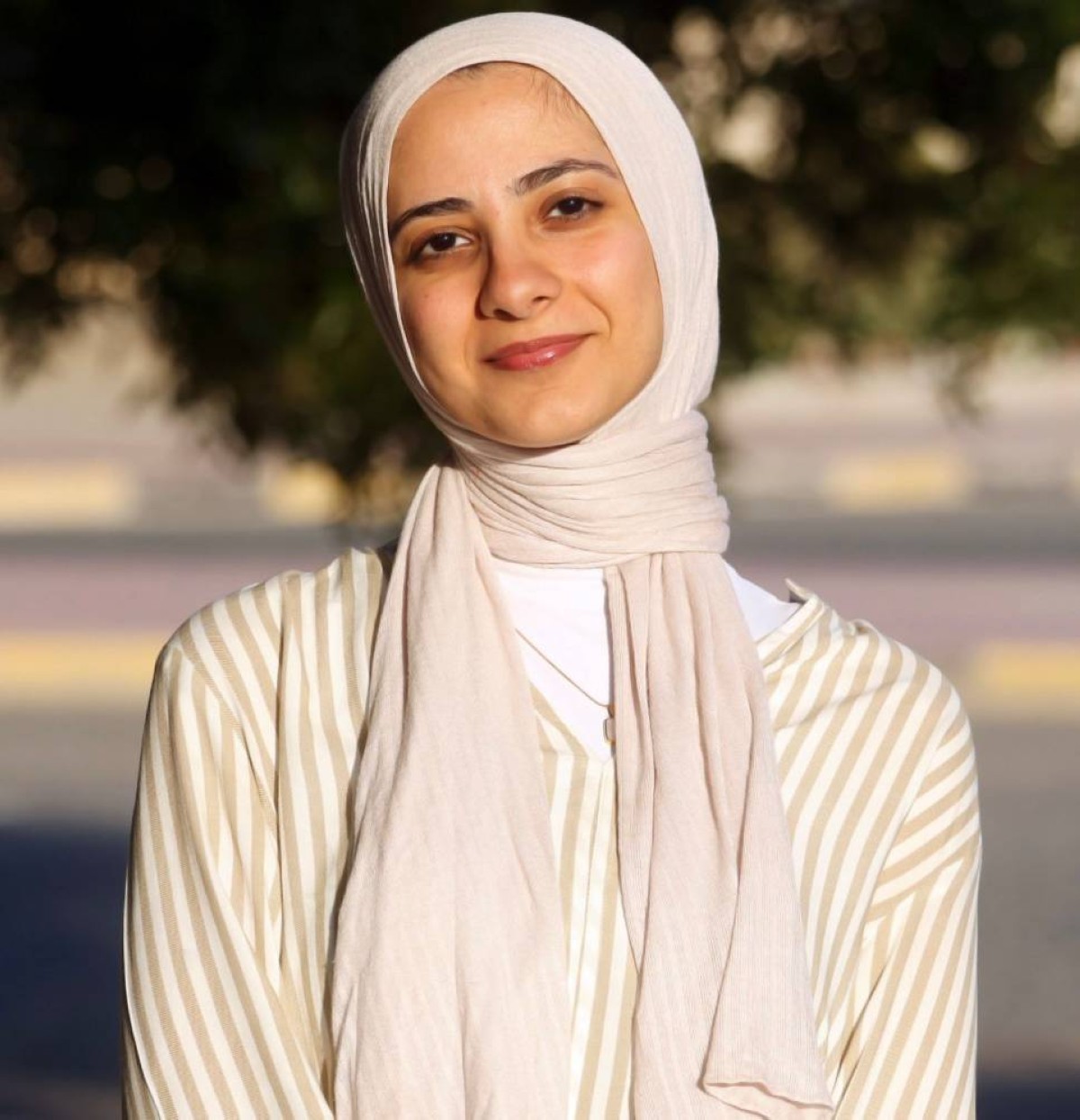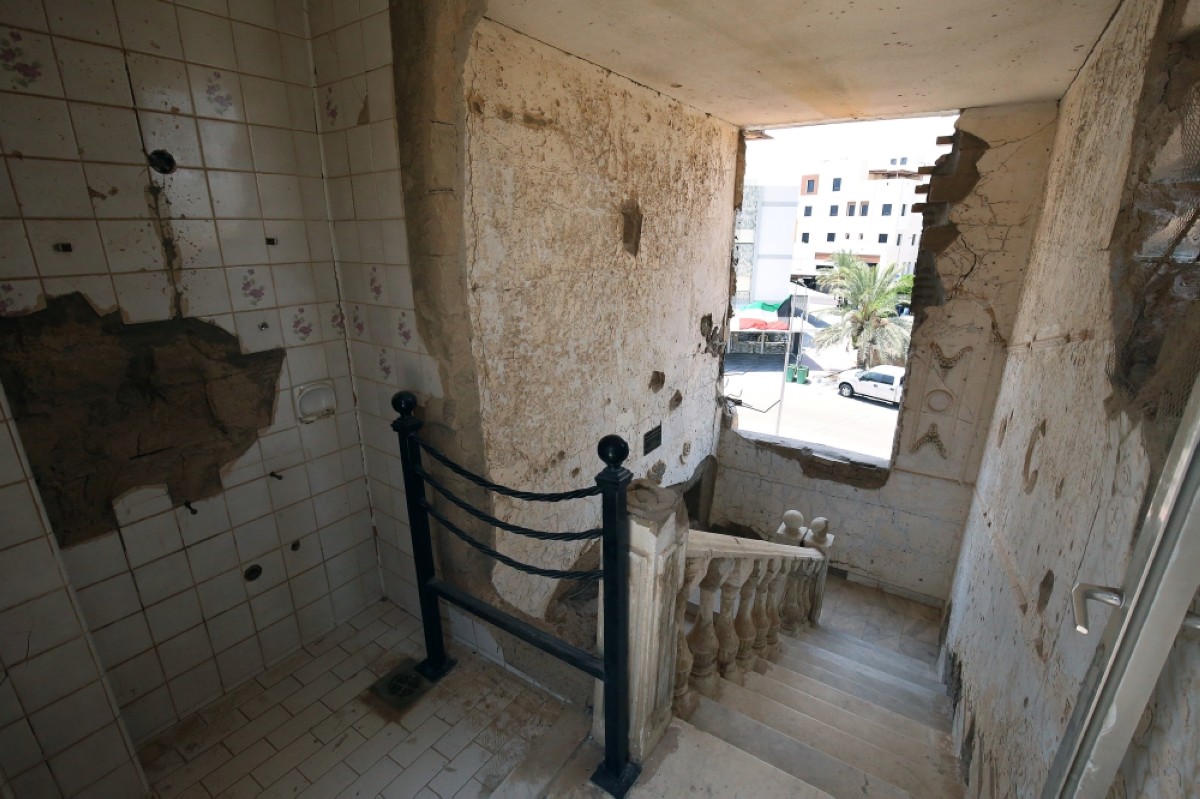For 10 long hours, a fierce battle raged at a house in Qurain between Iraqi soldiers, heavily armed with weapons and cannons, and 19 members of the Kuwaiti resistance group "Al-Messila”, who had only inadequate weapons. The story of this house dates to February 24, 1991. Today, it stands as a museum, a monument preserving the memory of these resistance heroes.
The confrontation started when Iraqi army arrived to search the house. When no one answered their knocks, a soldier scaled the house’s wall and attempted to break in. In response, a member of the resistance group inside shot the soldier. The Iraqi forces, supported by tanks and RPGs, surrounded the house and opened fire on the lightly armed resistance fighters.








As the battle wore on, the number of Iraqi soldiers grew, while the resistance fighters fell, one by one. "Bayt Al-Qurain is but a drop in the ocean of efforts made by the Kuwaiti youth and resistance. And if not for the blood, sacrifices, and steadfastness of the people of Kuwait, this country would not have been liberated,” said Sami Sayed Hadi Alawi in a video account narrating the story of the house, which was converted into the Al-Qurain Martyrs Museum.
Sami is one of the survivors of this battle, but unfortunately, his father, Sayed Hadi Alawi, the leader of the resistance group, was one of the martyrs whose memory is still commemorated to this day. Sayed was known for his bravery and concern for the entire group. After every bullet hit the house, he would call out the names of the 18 other members to make sure everyone was alive.
Then came the moment when he went to the roof alone, and his son called out loudly, "Bu Sami, Bu Sami,” but there was no response. "I knew that at this moment, either he was killed or injured,” Sami recalled. Despite the increasingly bloody battle, Sami felt like "the bravest person in this battle”. "I was 20-21 years old holding a weapon, and I had my dad with me. What would scare me?” But the moment he called for his dad and didn’t get a response, everything changed. "That’s when fear took over me. I felt like a lost child without his father, as if his hands had been holding me and then let go.”
Twelve martyrs resulted from this battle and seven survived, as if they were destined to keep narrating the real story that took place in this house without fabrication, believed Sami. Recalling the names of the martyrs, it became clear how they all came from different ethnic groups: Bedouin, Urbanite, Sunni and Shiite. "There was no discrimination back then - we were all Kuwaitis who gave up our lives for our nation,” Sami said.
The group of martyrs who became a symbol of sacrifice and resilience included the group’s leader, Sayed Hadi Al-Alawi and the heroes Ammar Faraj Al-Enezi, Mubarak Ali Mansour, Youssef Khodir Ali, Abdullah Abdulnabi Mandani, Mohammed Othman Al-Shaya, Badr Nasser Al-Eidan, Jassim Mohammed Gholoum, Khalil Khairallah Al-Balushi, Ibrahim Ali Mansour, Khaled Ahmed Al-Kandari, and Hussein Ali Reda.
